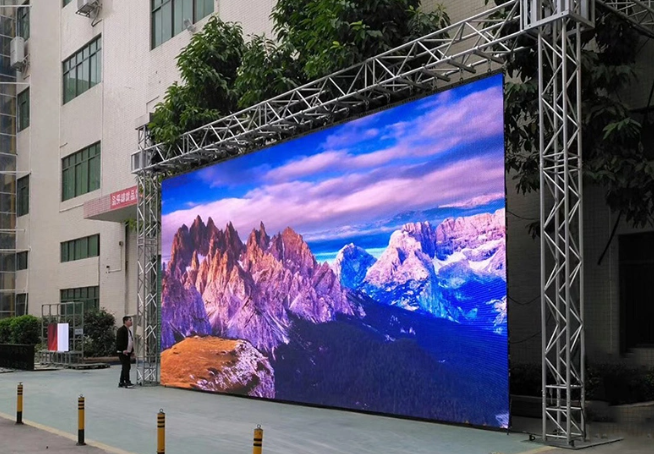In today’s planet, technical advancements have delivered us a variety of electronic devices to select from, which include televisions, computers, and camcorders. With the amount of different choices available, it might be overpowering to make a decision what type meets your needs. One of the biggest concerns when selecting electronic devices may be the display. Two of the more frequent types of exhibit are Directed display screens and Liquid crystal display shows. But, do you know the variations between these two kinds of show and what type is preferable? In this article, we are going to LED Screen (Led-Skärm) consider a closer look at the differences between Guided displays and Liquid crystal displays.
What is an LED display screen?
Brought is short for light-weight-giving out diode. An Directed monitor is a form of exhibit which utilizes Guided backlighting in the display. This backlighting is responsible for creating the image the thing is on screen. The application of Brought backlighting is really what offers the increased contrast rate and further blacks of any Directed screen. Guided display screens may also be thin, lighter in weight, and much more power-productive than Digital shows. They likewise have an extended life-span and are much less vulnerable to damage from heat and cold.
What exactly is an LCD display?
LCD represents fluid crystal screen. An Liquid crystal display the type of smooth-solar panel exhibit that uses liquefied crystals to produce graphics. As opposed to Guided monitors that use backlighting, Liquid crystal exhibits count on outside gentle resources to produce graphics. Liquid crystal screens have a colour filtering which is used to bar light-weight of specific hues, permitting only specific shades to pass through through. This modern technology generates a slower response some time and reduce contrast percentage in comparison with LED display screens.
Benefits of Guided display screens
One of the greatest features of Guided screens is the greater distinction rate and further blacks. This is due to using Guided backlighting, that enables for more exact control over the lighting of every personal pixel. This contributes to crisper pictures with increased details along with a broader selection of colors. Directed displays are also a lot more energy-efficient and also have a longer life expectancy, making them a much more sustainable choice.
Benefits of Digital screens
LCD displays remain a popular choice, specifically for expert photography enthusiasts and visual makers. Digital exhibits have got a larger shade gamut, significance they are able to accurately recreate a lot more colours than LED display screens. This is a result of the usage of an outside light source that may be altered to supply the most exact colour representation possible. Digital displays will also be less expensive to produce, significance you may get a bigger display for less money.
What one is way better?
In terms of figuring out what type is way better, it truly depends upon your specific requires. If you are looking for any show that includes a better compare rate and creates much deeper blacks, then an Guided monitor is the ideal solution. If you are searching to have an inexpensive alternative that includes a broader coloration gamut and correct coloration reflection, then an LCD display might be the better option. In the end, it boils down to private preference and everything you value most inside a display.
To put it briefly: In To put it briefly, equally Brought display screens and Digital displays have their pros and cons. When making a decision, take into account what you should primarily be utilising the display for and what features are most essential to you. Do you need a display using a broader coloration gamut or a much better comparison ratio? Are you willing to pay more for a longer life-span and greater energy effectiveness? By knowing the differences between these 2 types of display, you possibly can make an educated selection and select the display that meets your needs.
